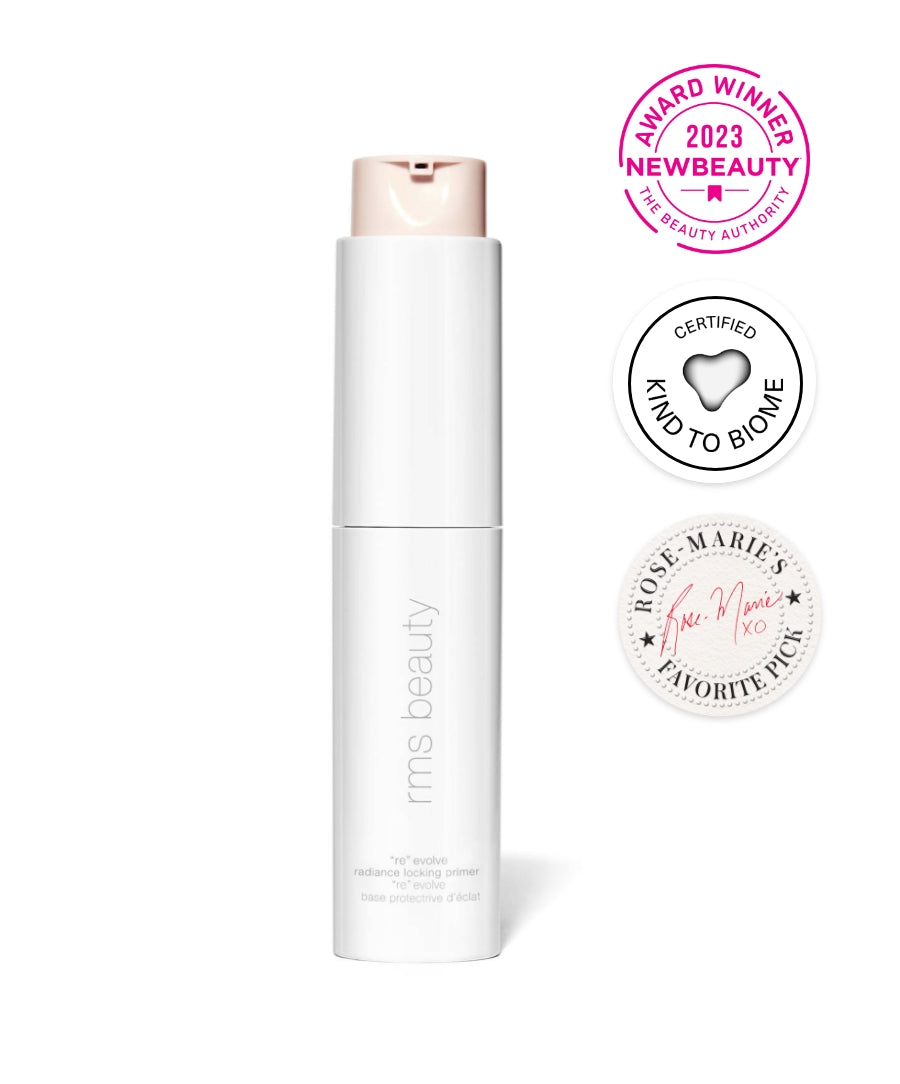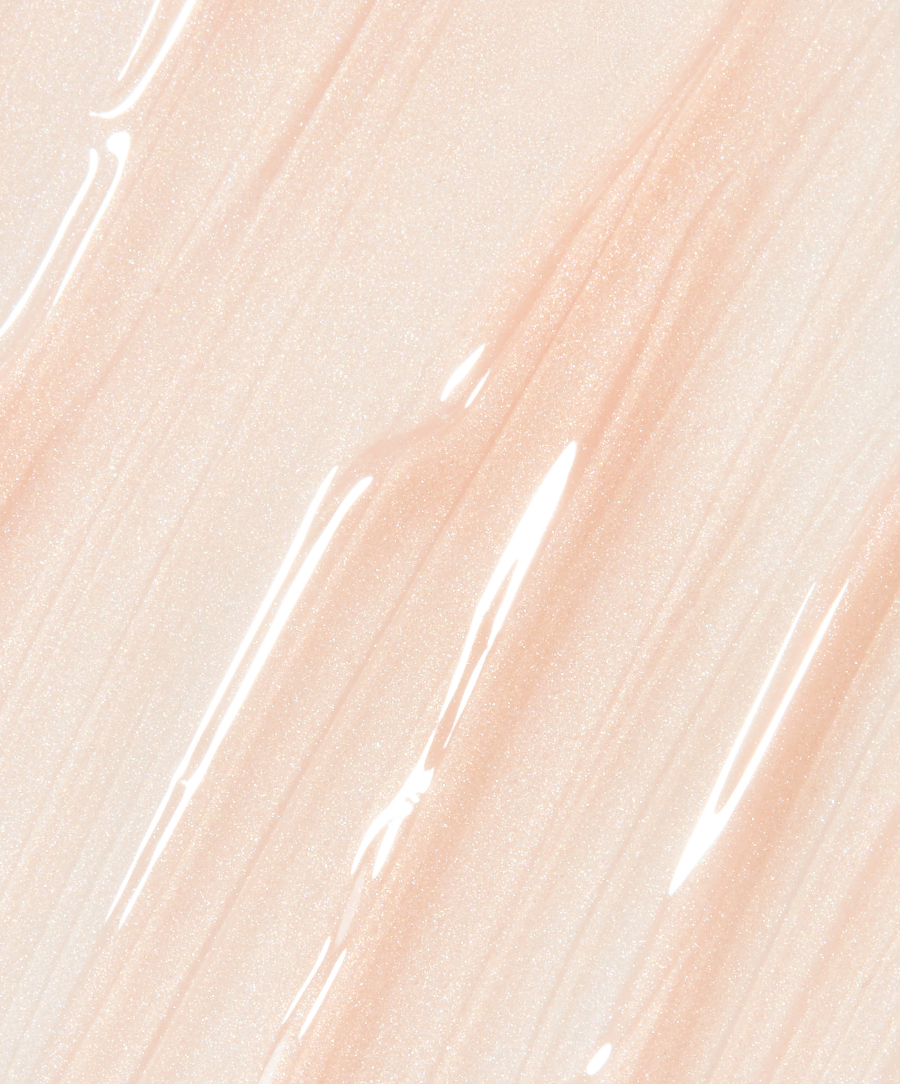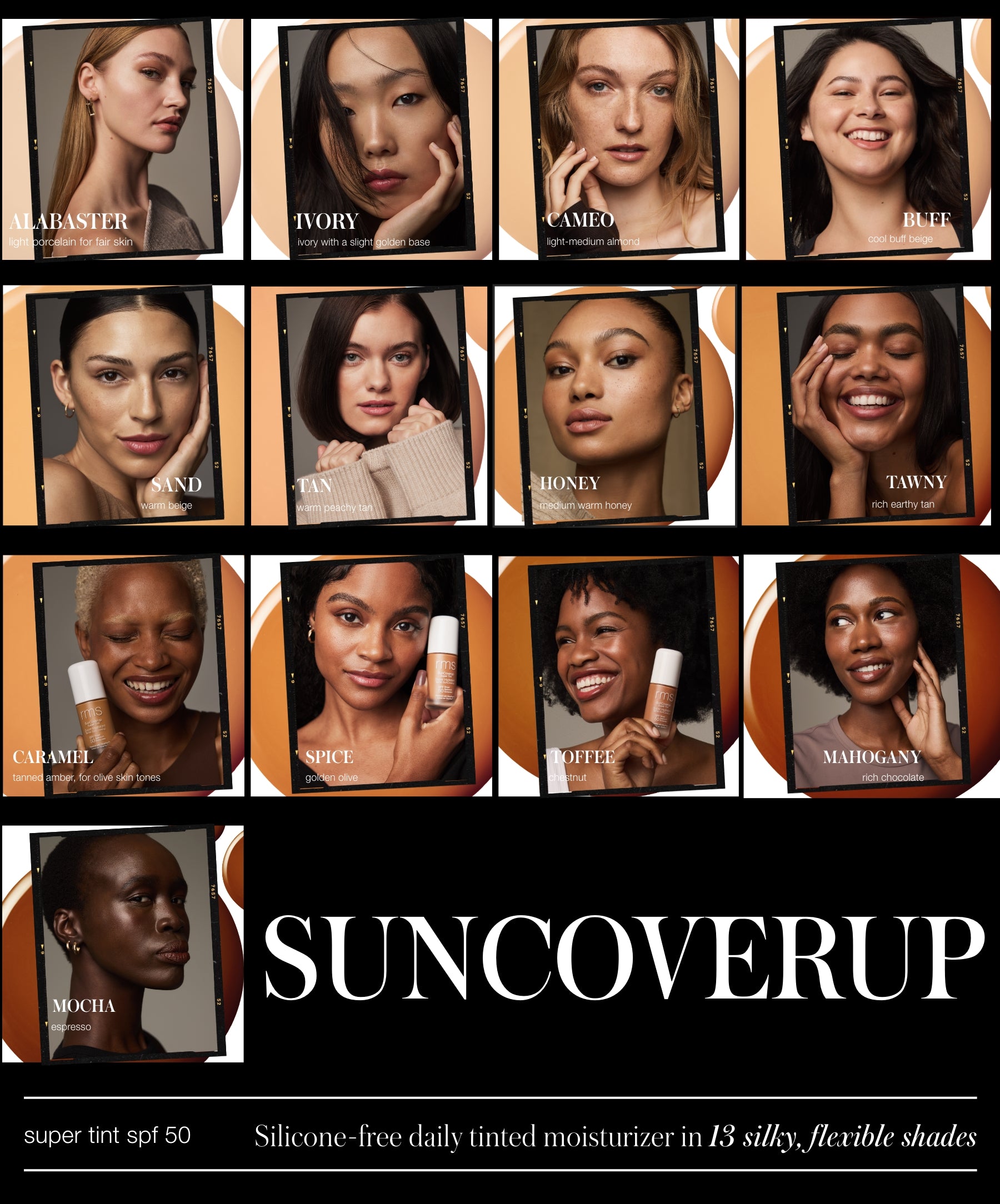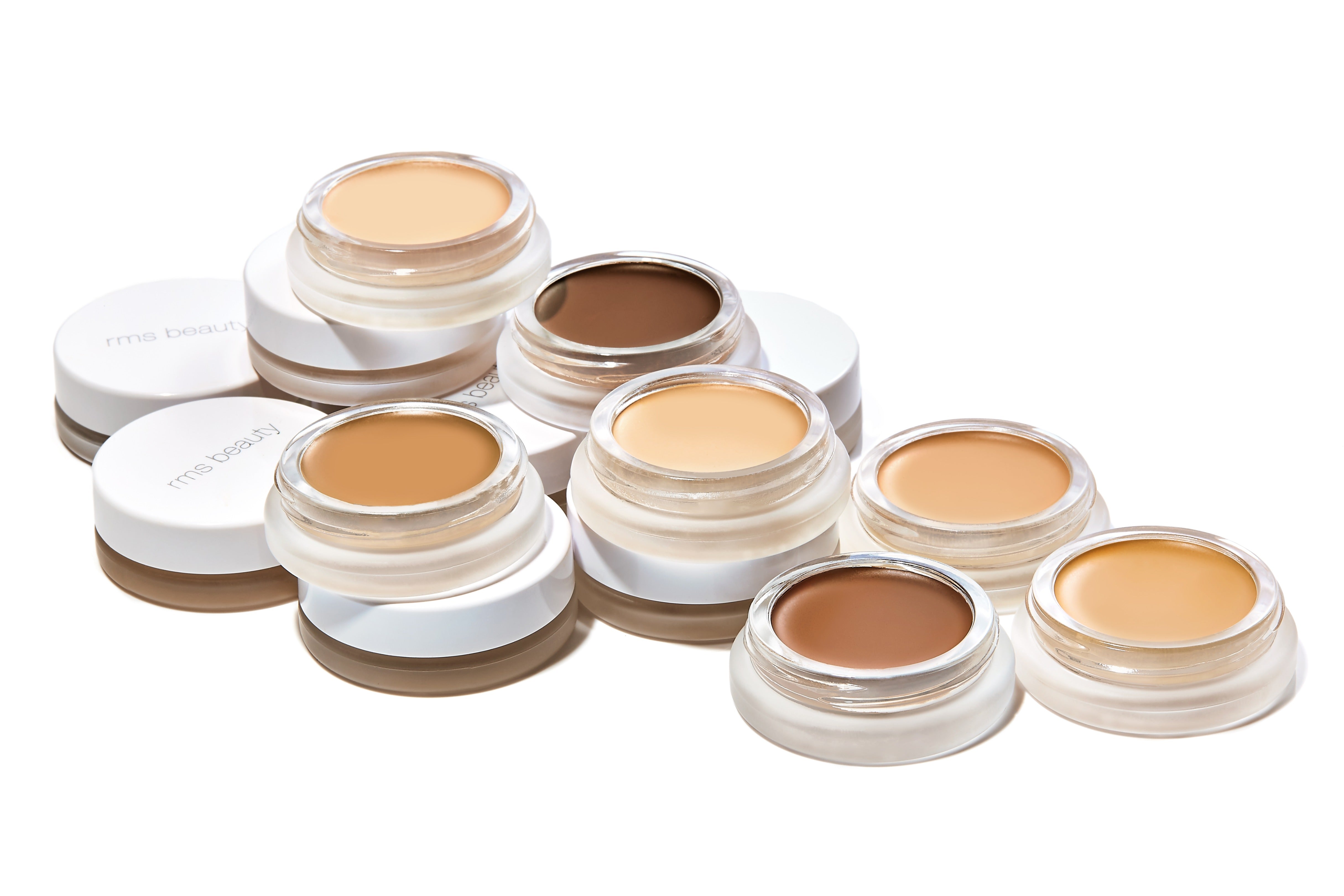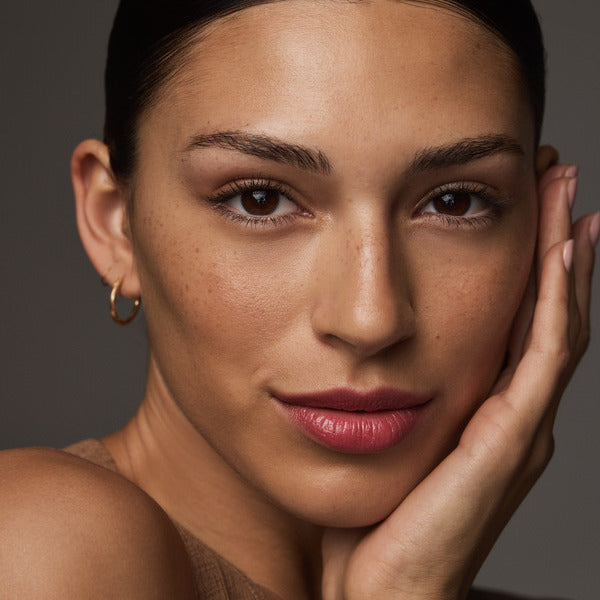How To Choose Concealer Shade in 2026
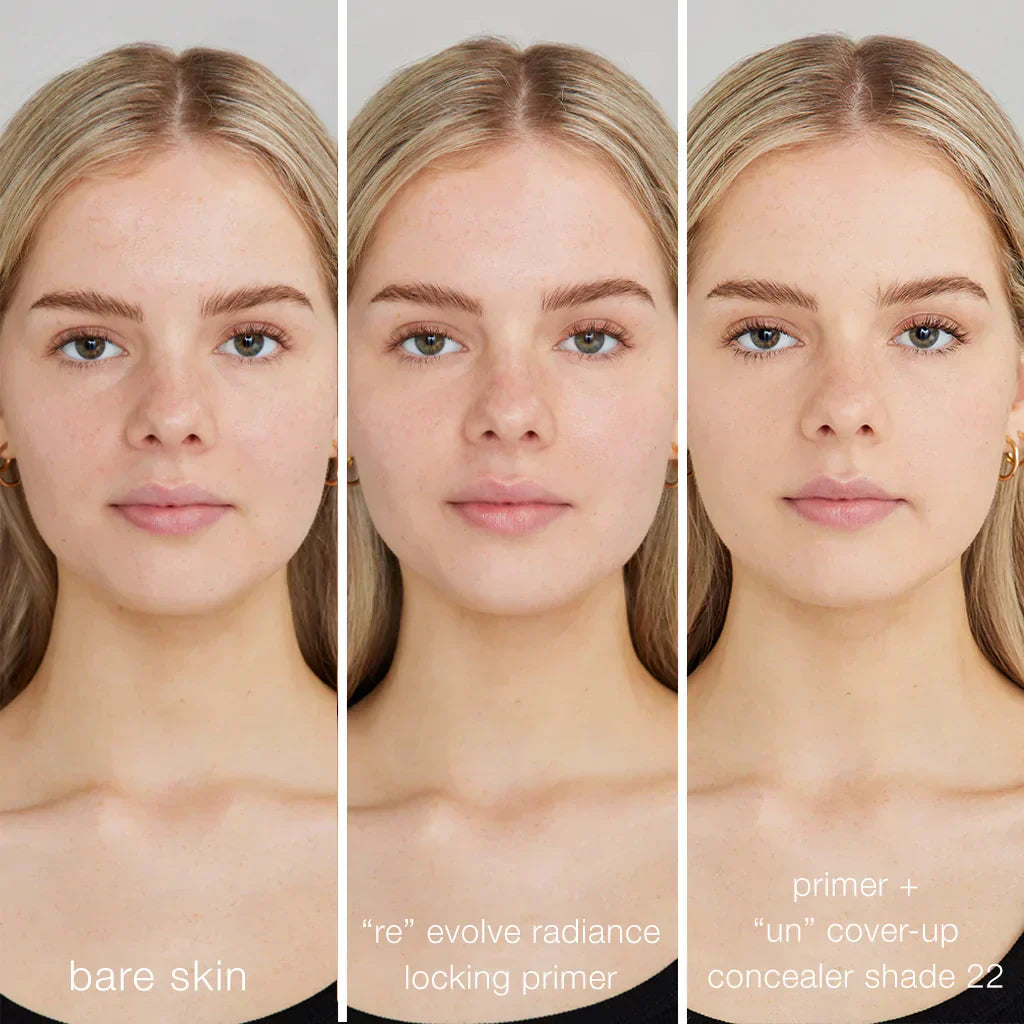
It’s 2025 — if you’re still using the concealer you wore ten years ago, it’s time for an upgrade. Our skin naturally changes over time, and so does our skin tone. Not to mention, there have been some serious complexion innovations in the last decade.
Used correctly, the right concealer is a secret weapon in your beauty kit arsenal, but get your shade wrong, and you could end up looking washed out, sick, or even clown-like.
Don’t worry, the team of makeup professionals at RMS Beauty has you covered (pun intended). We’ll show you how to choose the right concealer shade in 2025 and how to wield your wand (or brush tip!) to achieve a flawless, natural-looking finish.
Why Do I Need Concealer?
Concealer can be used alone or in combination with foundation and/or powder to create skin that looks even and smooth. You use concealer to even out areas of redness, correct and cover blemishes, or brighten areas that you don’t want looking so dark (like under your eyes).
Using a concealer can also help reduce the amount of foundation coverage you need. Think brightening under your eyes, the center of your chin, or around the nose to adjust tone variation—without masking your skin.
New for 2025: Revitalize Hydra Concealer offers medium coverage with a skin-like, satin finish. It conceals, corrects, and brightens in one step—and doubles as eye care, thanks to a skincare-forward formula that visibly smooths fine lines and firms skin over time.

Concealer vs. Foundation: Which Do You Need?
Concealer and foundation are two separate products. Although it’s possible you could interchange them in a pinch, they’re best left to do their separate duties.
-
Concealer is thicker than foundation. It’s made to cover tougher imperfections in small areas.
-
Foundation spreads more easily. It blends over larger areas and is typically more fluid.
RMS Beauty’s “Un” Cover-Up Foundation is made like our concealer but includes RMS’s proprietary adaptogenic herb blend for extra skin benefits. It also contains jojoba oil, which mimics your skin’s natural sebum to hydrate and balance.
For a lighter, all-over alternative that offers sun protection too, try SunCoverup SPF 50. This silicone-free tinted moisturizer provides mineral SPF 50, hydrates with squalane, and visibly brightens and firms with GlowPlex™ peptides—all while evening skin tone naturally.
How To Choose the Right Concealer Shade in 2025
Finding the right shade of concealer can feel like trying to find a needle in a haystack—but it doesn’t have to be hard. Here are three steps to nailing your perfect match:
1. Determine Your Skin Tone
Your overall skin tone includes both your surface color and your undertone. It can change with seasons, sun exposure, and age.
2. Find Your Undertone
Check the veins on the inside of your wrist:
-
Cool: bluish or purplish
-
Warm: golden or peachy
-
Neutral: a mix of both or hard to see
Revitalize Hydra Concealer comes in 26 inclusive shades with clear undertone indicators (C for cool, W for warm, CN or WN for neutral, and ON for olive neutral), making it easier than ever to find a seamless match.
3. Match Your Concealer to Its Job
You might need more than one shade in your makeup bag depending on the task:
-
For dark circles: Use a concealer slightly warmer than your skin tone. RMS’s “Un” Cover-Up shades 11.5, 22.5, and 33.5 are color-correcting, while Revitalize Hydra Concealer’s creamy, creaseproof formula visibly brightens the undereye area and delivers 8-hour hydration.
-
For blemishes or redness: Choose a shade that’s a close match to your natural tone—don’t go too light or dark.
-
Pro Tip: Many artists (including RMS founder Rose-Marie Swift) use multiple shades depending on what they're concealing. "I use different shades depending on whether I’m covering a dark spot, redness, or treating my undereye canals, as I lovingly call them,” says Rose-Marie.
Common Concealer Mistakes (and How To Avoid Them)
1. Raccoon Eyes
Too-light concealer under the eyes creates a harsh halo effect. Dot product only where needed—inner corners and outer corners—and blend gently inward.
2. Using Too Much
Excess concealer can settle into fine lines. Both UnCover-Up and Revitalize Hydra Concealer are buildable, meaning you can layer without caking.
Bonus: Revitalize’s built-in brush lets you apply precisely where needed, especially on-the-go.
3. Skipping Primer
Always prep your skin before concealer. RMS Beauty’s “Re” Evolve Radiance Locking Primer locks in skincare and helps grip makeup for all-day wear.
For daily wear, you can also prime and protect with SunCoverup SPF 50, which blurs and hydrates while shielding skin from UVA, UVB, and blue light.

Get Even With RMS Beauty Concealers
Concealer is the secret to skin that looks fresh, even, and radiant. Choosing the right shade is key—especially in 2025, with so many skin tones and undertones to consider.
Try Revitalize Hydra Concealer for a skincare-infused formula that hydrates, firms, and brightens while covering. Need SPF protection and tint in one? SunCoverup Super Tint SPF 50 delivers sheer, breathable coverage and mineral defense in 13 flexible shades.
Because your concealer should work harder than ever—just like your skincare.
Sources:
Jojoba Oil: An Updated Comprehensive Review on Chemistry, Pharmaceutical Uses, and Toxicity|NCBI







